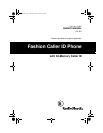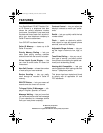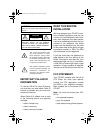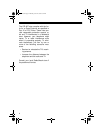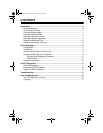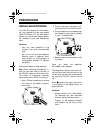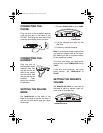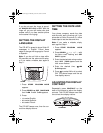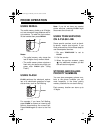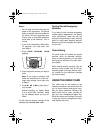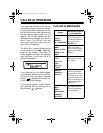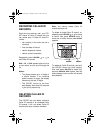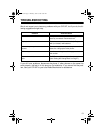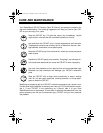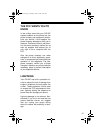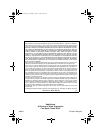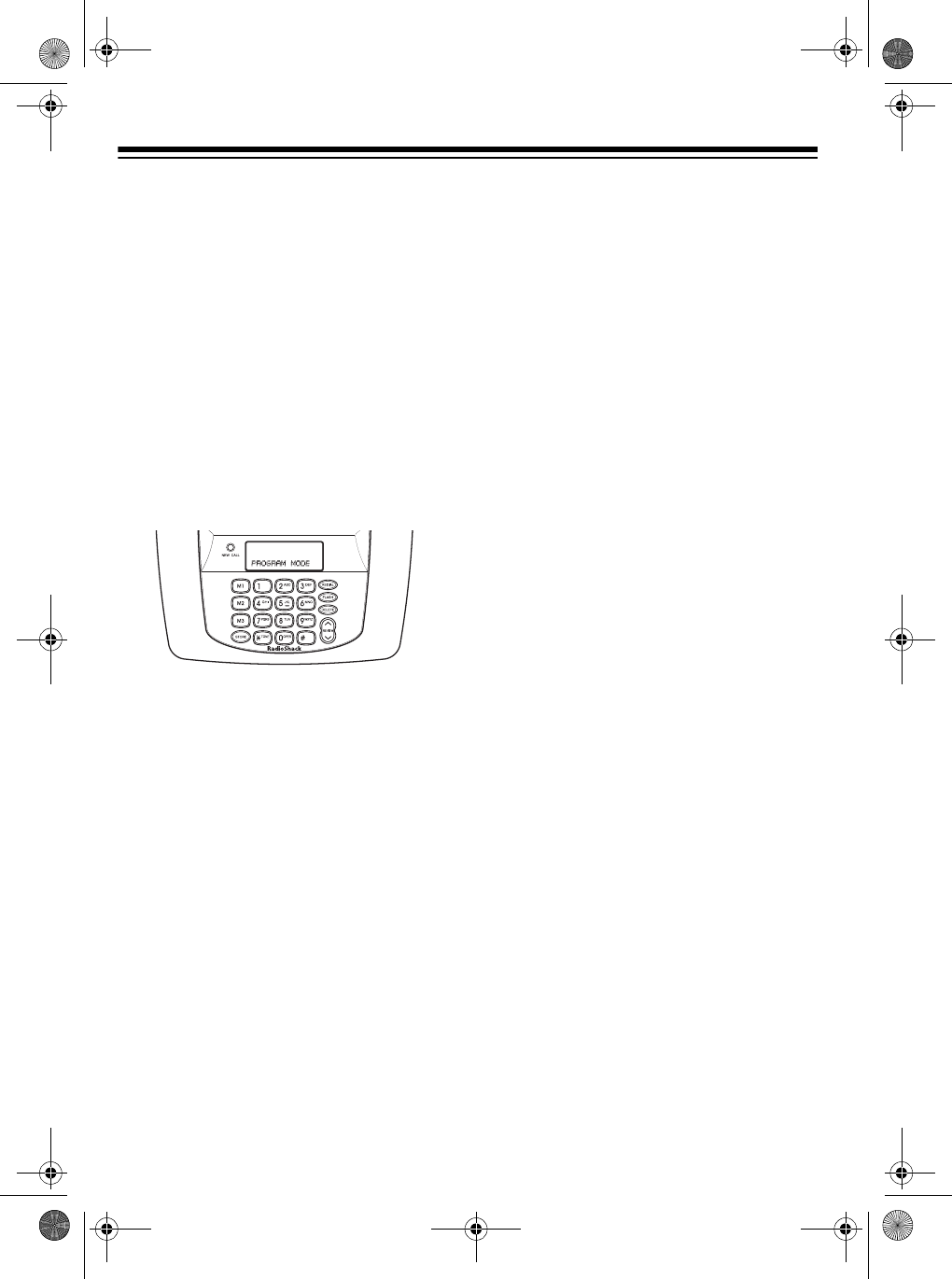
10
Notes:
• You will hear a dial tone during most
steps of this procedure. The phone
does not actually dial the number as
you store it, but you might also hear
a busy tone or recorded operator’s
voice after a few seconds. This is
normal.
• If you do not complete a step within
15 seconds, you must start over
from Step 2.
1. Press
STORE. PROGRAM MODE
appears.
2. Enter the phone number you want to
store.
Note:
If you make a mistake, hold
down the switchhook for a few sec-
onds, then release it and start over
at Step 2.
3. Press
M1, M2, or M3 to store the pri-
ority number.
Without hanging up, repeat Steps
2–4 to store other numbers. Hang
up the handset when you are fin-
ished.
To dial a priority memory number, lift the
handset and press
M1, M2, or M3.
Testing Stored Emergency
Numbers
If you want to test a stored emergency
number (police department, fire depart-
ment, ambulance), make the test call
during the late evening or early morning
hours to avoid peak demand periods.
Remain on the line to explain the reason
for your call.
Chain-Dialing
For quick recall of numbers for special
services (such as alternate long-dis-
tance or bank-by-phone), you can store
each group of numbers in its own mem-
ory location.
When calling special services, dial the
service’s main number first. At the ap-
propriate place in the call, dial the mem-
ory number for the additional numbers
you want to send.
USING THE INDEX CARD
The index card on the bottom of the
handset provides a convenient place for
you to record names and phone num-
bers for easy reference. Remove the
plastic cover with a small, pointed ob-
ject, such as a straightened paper clip.
Write the names and numbers (in pencil
in case you want to change them later),
then replace the cover.
43-927.fm Page 10 Thursday, June 24, 1999 9:36 AM



